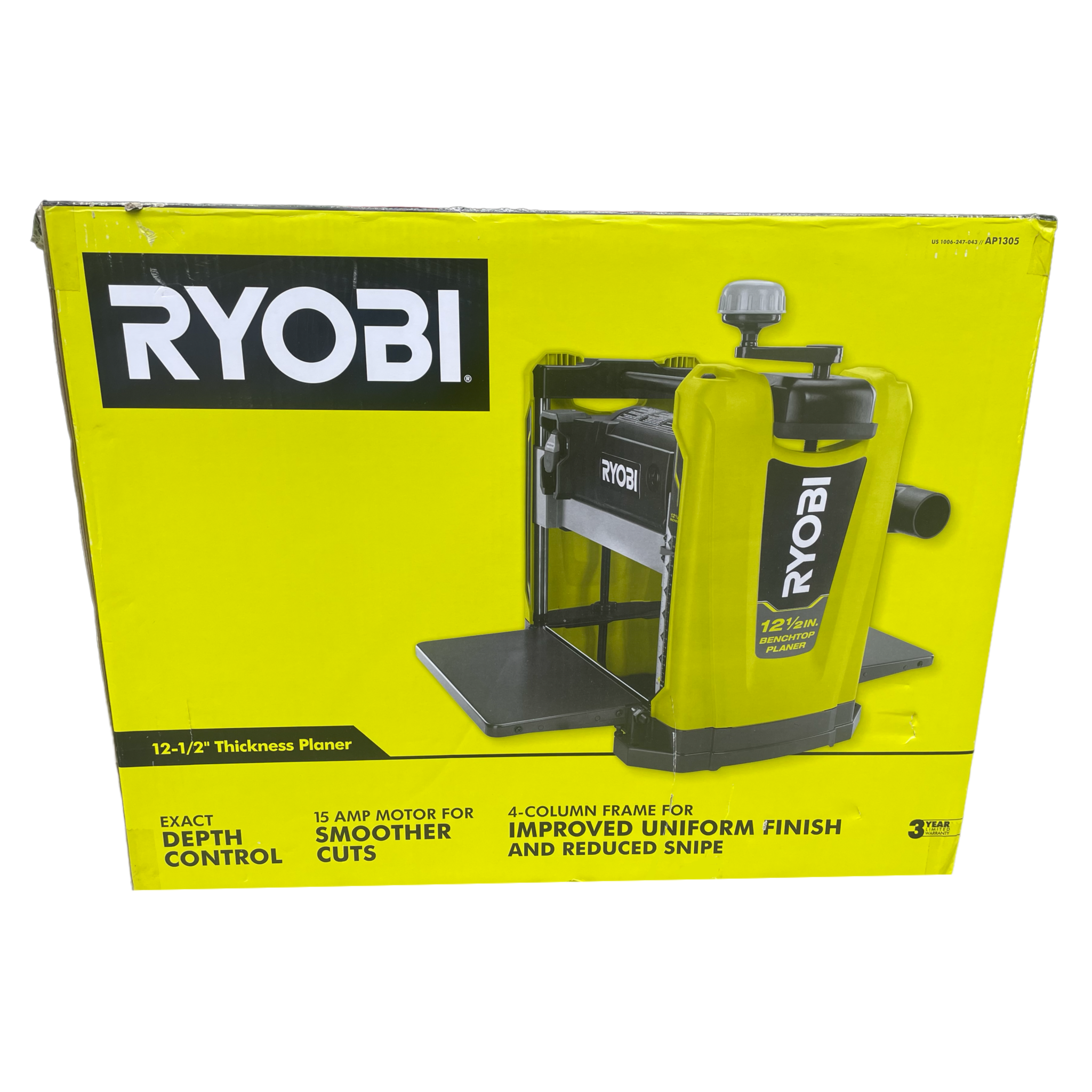In the world of woodworking, achieving uniform thickness in wood is a crucial step in creating high-quality finished products. Thickness planers are the go-to tool for this task, as they are designed to remove material from the surface of the wood to create an even thickness throughout. This article will explore the various types of thickness planers available, their features and capabilities, and provide tips for achieving the best results.
Understanding the Importance of Uniform Thickness in Woodworking
Uniform thickness is a crucial aspect in woodworking that should not be overlooked. It ensures that the final product is of high quality and visually appealing. When working with wood, having uniform thickness allows for precise measurements and cuts, resulting in a more accurate and professional finish. It also ensures that the wood is structurally sound and less prone to warping or splitting over time. Additionally, uniform thickness makes it easier to join pieces together seamlessly, creating a seamless and cohesive look. Whether it’s for furniture, cabinetry, or any other woodworking project, maintaining uniform thickness is essential for achieving the desired outcome.
How Thickness Planers Can Help Achieve Consistent Wood Thickness

Thickness planers are a valuable tool for woodworkers looking to achieve consistent wood thickness. These machines are designed to take rough, uneven pieces of wood and transform them into smooth, uniform boards. By passing the wood through the planer, the blades remove small amounts of material, resulting in a consistent thickness across the entire piece. This is especially useful when working on projects that require precise measurements or when joining multiple pieces of wood together. Additionally, thickness planers can save time and effort by eliminating the need for hand sanding or planing. Overall, these machines are a must-have for any serious woodworker looking to achieve professional-quality results.
Factors to Consider When Choosing a Thickness Planer for Woodworking Projects
When choosing a thickness planer for woodworking projects, there are several factors to consider. Firstly, it is important to determine the size and capacity of the planer. Consider the maximum width and thickness of the wood that the planer can handle. Additionally, think about the power and speed of the planer. A more powerful motor and higher speed will result in faster and more efficient planing. Another important factor is the quality of the blades. Look for planers with high-quality, durable blades that can be easily replaced. Finally, consider the overall durability and reliability of the planer, as well as any additional features or accessories that may be beneficial for your specific woodworking needs.
Step-by-Step Guide to Using a Thickness Planer for Achieving Uniform Wood Thickness
Using a thickness planer is an essential tool for achieving uniform wood thickness in woodworking projects. This step-by-step guide will walk you through the process of using a thickness planer effectively. First, ensure that your wood is properly prepared and free from any nails or other debris. Adjust the planer’s cutting depth to the desired thickness and feed the wood through the planer, making sure to apply even pressure. Repeat this process for each side of the wood until you achieve the desired uniform thickness. Finally, inspect the wood for any imperfections and make any necessary adjustments. With practice, using a thickness planer will become a seamless part of your woodworking routine.
Common Challenges and Solutions in Achieving Uniform Thickness with Thickness Planers
Achieving uniform thickness with thickness planers can be a challenging task for many woodworkers. One common challenge is the presence of knots or irregularities in the wood, which can cause the planer to remove more material in certain areas, resulting in an uneven thickness. To overcome this, woodworkers can carefully inspect the wood before planing and remove any knots or irregularities manually. Another challenge is the tendency of the planer to leave marks or ridges on the surface of the wood. This can be solved by using a finer grit sandpaper or by making multiple passes with the planer, gradually reducing the thickness each time. Overall, achieving uniform thickness requires attention to detail and careful adjustment of the planer settings.
Tips and Tricks for Maintaining and Caring for Your Thickness Planer for Optimal Performance
Maintaining and caring for your thickness planer is essential to ensure optimal performance and longevity. Here are some tips and tricks to help you keep your planer in top shape. Firstly, always clean the machine after each use to remove any debris or sawdust that may have accumulated. Regularly check and tighten all the bolts and screws to prevent any loose parts. Lubricate the moving parts, such as the cutterhead and feed rollers, to reduce friction and ensure smooth operation. Additionally, regularly inspect the blades and replace them when necessary to maintain clean and precise cuts. Lastly, store your planer in a dry and clean environment to prevent rust and damage. By following these tips, you can ensure that your thickness planer performs at its best for years to come.
Conclusion
In conclusion, thickness planers are an essential tool for achieving uniform thickness in wood. They offer precision and efficiency in removing excess material and creating smooth, even surfaces. Whether for professional woodworking or DIY projects, thickness planers are a valuable investment for anyone looking to achieve consistent thickness in their woodwork.
What is a thickness planer?
A thickness planer is a woodworking tool used to achieve a uniform thickness in wood boards.
How does a thickness planer work?
A thickness planer works by feeding a wood board through rotating blades that shave off the desired amount of material, resulting in a consistent thickness.
What are the benefits of using a thickness planer?
Using a thickness planer allows for precise control over the thickness of wood boards, ensuring uniformity and accuracy in woodworking projects.
Can a thickness planer be used on all types of wood?
A thickness planer can be used on most types of wood, including hardwoods and softwoods. However, certain woods with high resin content or irregular grain patterns may pose challenges.
Are there any safety precautions to consider when using a thickness planer?
Yes, it is important to wear safety goggles and hearing protection when operating a thickness planer. Additionally, it is crucial to follow the manufacturer’s instructions and guidelines for safe usage.
Can a thickness planer be used for other woodworking tasks?
While a thickness planer is primarily used for achieving uniform thickness in wood boards, it can also be used for tasks such as flattening and smoothing rough lumber.

